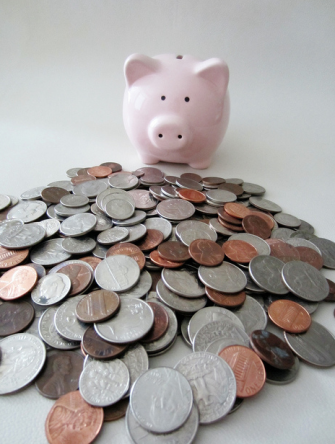Putting Together Your Down Payment: Know Your Options
 There are many factors your lender will take into account when assessing the type and quantity of a home mortgage loan you will qualify for. Of course, your credit standing is just one such variable. Good credit has never been more important for obtaining a loan. Your broader financial picture, existing debt, debt-to-income ratio, and savings also weigh into the big picture when a lender is considering you for a loan.
There are many factors your lender will take into account when assessing the type and quantity of a home mortgage loan you will qualify for. Of course, your credit standing is just one such variable. Good credit has never been more important for obtaining a loan. Your broader financial picture, existing debt, debt-to-income ratio, and savings also weigh into the big picture when a lender is considering you for a loan.
So, what about your down payment? At first glance, making a down payment may seem like a pretty straightforward process. Conventional wisdom would suggest that your down payment should amount to 20% of the total price you are paying for the house. However, 20% is a rule of thumb only for some mortgages. Several types of mortgage loans, such as FHA and VA loans carry a significantly smaller down payment or no down payment at all. You can have a conversation with your lender to see which types of loans you might qualify for and the expected down payment associated with each loan type.
Of course, a cash outlay of 20% of a home’s value could be a daunting proposition if you don’t have that kind of money just sitting around in your savings account. So when it comes to making that down payment, it’s important to understand the different alternatives that your lender will consider as acceptable sources of your down payment.
Liquid Assets
Of course you can use money in your checking or savings accounts to make your down payment, but did you know that you can also tap into a 401(K) or IRA account, stocks, bonds, mutual funds, or trust accounts? If you are planning on using any of these sources for your down payment, it’s important to know that these funds must be transferred to your bank account and sit for at least 60 days – and preferably longer – so that they are “seasoned,” meaning that you have proven your ability to have the money at your disposal without dipping into it for other purposes. You will also need to provide proof of the source of the deposit for these funds. Limits on retirement account withdrawals and penalties for early withdrawal may apply to money from some of these sources, so do your homework before you make a commitment to provide these types of funds.
Gift Money
It isn’t uncommon, especially for families or couples making their first home purchase, to receive gift money from family to put toward their home purchase. There are restrictions governing who can give you a cash gift to finance your home; family, close friends, an employer, charitable organization, or a public entity dedicated to home ownership assistance are all acceptable sources for this type of gift. There are limits to the amount of the gifts, and you must provide documentation about the money’s origins.
Liquidation of Personal Assets
If you have a vehicle or other large asset that you are willing to sell, the proceeds can go toward your down payment as well. Be sure that you can supply proof of ownership and a sales receipt from any assets that you liquidate for cash.
When thinking ahead to your down payment, keep in mind that lenders do not tend to accept credit card payments or advances or personal loans. Still, you have a lot of options available to you. If you’re thinking of purchasing a new home in the near future, I encourage you to talk to your lender to get the ball rolling.
Information provided by RealtyTimes.com
[optima_express_search_results cityId=”3205″ propertyType=”SFR” minPrice=”300000″ maxPrice=”650000″ sortBy=”pa” header=”true” includeMap=”false”]
